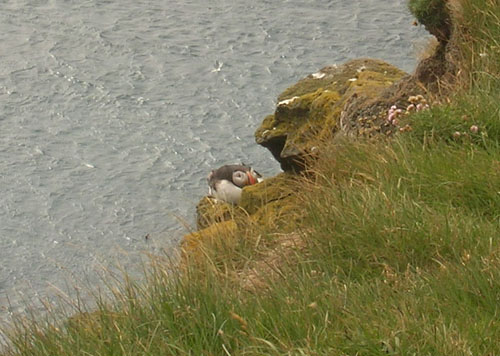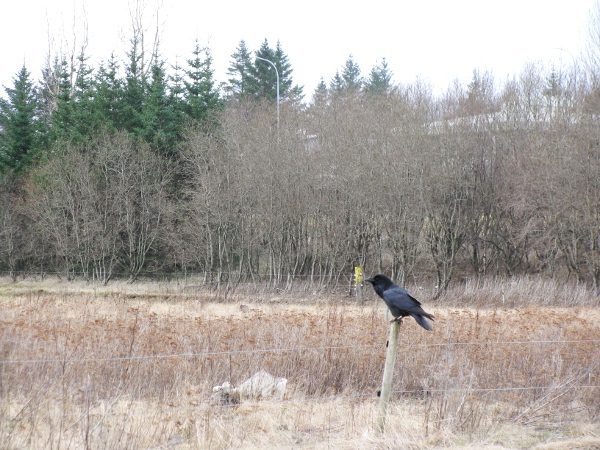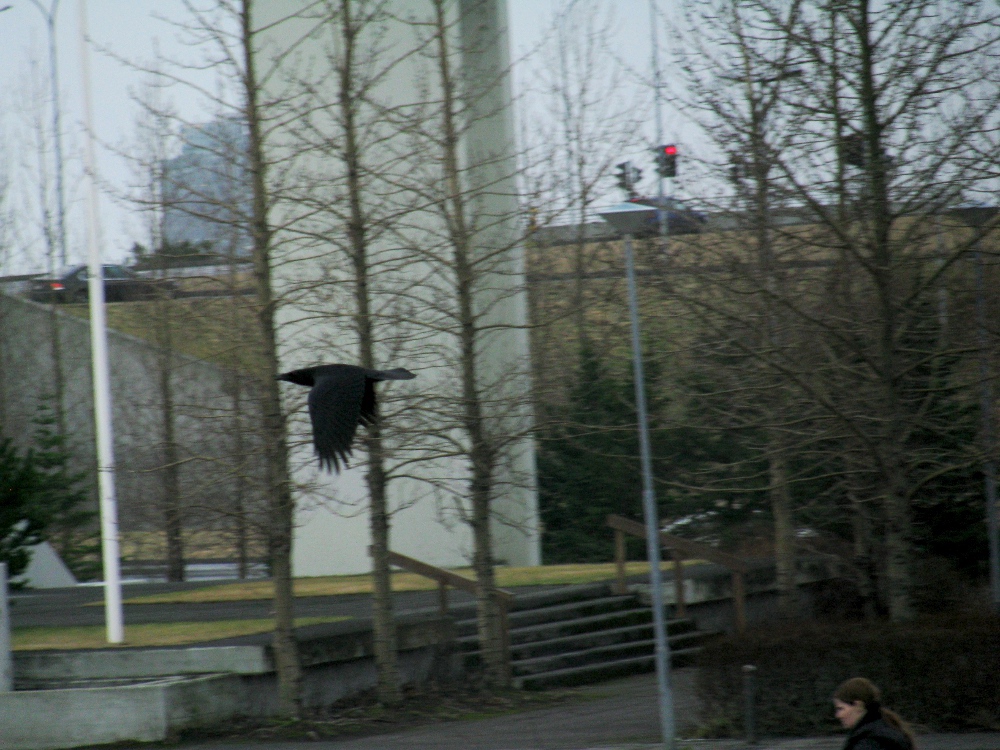A 5 step guide to rhythm. Posted by hulda on Feb 6, 2013 in Icelandic grammar, Uncategorized
 Like I promised last month, here’s the entry on the length of vowels and what determines whether a vowel is long or short. For example, why is the name Vala pronounced with a long first “a” but the name Valla with a short one? Why do the words gata (= street) and hús (= house) get long vowels, but gatnamót (= intersection) and húss (= house’s) only short ones? And what about Esja vs. espa (= irritate, enrage), why is Esja more like “eesja” when espa only gets to be “espa”?
Like I promised last month, here’s the entry on the length of vowels and what determines whether a vowel is long or short. For example, why is the name Vala pronounced with a long first “a” but the name Valla with a short one? Why do the words gata (= street) and hús (= house) get long vowels, but gatnamót (= intersection) and húss (= house’s) only short ones? And what about Esja vs. espa (= irritate, enrage), why is Esja more like “eesja” when espa only gets to be “espa”?
First step
To begin with, only the stressed syllables can have a long vowel. In Icelandic this means the first syllable of each word and sometimes, with longer words, also the third one. This extra stress can only happen in words of four syllables or longer, such as almanakið (= the almanac). Both monophthongs and diphthongs can be pronounced long or short.
Therefore in words such as fáni (= flag), kaka (= cake) and láta (= to let, allow) only the first syllable is long.
The two first photos are from Látrabjarg, the western-most place of Europe that also hosts the largest seabird community of the whole continent. 440 m drop down, just looking at it made me feel a bit ill. 😀
Second step
Compound words can also have these extras, but they are at the first syllable of each word used to make the compound word, not necessarily the first and the third. You’ll have to separate the words first to know where the stress goes: bílastæði (= a parking lot) has both a long í and a long æ because it’s made of the words bíll and stæði. In bíll (= car) the í is short, though, and this is because of the
Third step
If the first vowel of the first syllable is followed by either another vowel or just one consonant, the first vowel is long.
Fáir (= few), rós (= rose) and bera (= to carry) each have a long first vowel. Mynd (= picture), fíll (= elephant) and Palli (= nickname for Páll) each have a short first vowel.
Mr. Raven here has a great beard!
But there are words such as nepja (= chill, bitter cold) and letra (= to write, engrave, carve), which have a long first vowels despite the double consonants following them. How is this in any way logical? The good news is that it indeed is logical, the bad news is that it’ll take some effort to learn the rule of exceptional long vowels:
Fourth step
This one used to confuse the living daylights out of me so I’ll try to write the rule in as simple form as possible.
If the stressed vowel is followed by two consonants, the first of which is either
p, t, k or s
and the latter either
v, j or r
the first vowel is pronounced long.
Examples: tekjur (= income), veikja (= to weaken), vökva (= to water, irrigate) and lepja (= to lap). This one may be difficult to remember at first but don’t worry about it too much, it will eventually grow on as you use the language. It’ll help you a lot to listen to Icelandic music and paying attention to how much time each word gets. One of my favourites is the song Velkomin by Bróðir Svartúlfs; the lyrics can be found online. It may feel a bit too much because the words flood by so fast, but listening to songs like this one is exactly the way of learning the correct rhythm of words in a quick and easy way, and enjoying great music at the same time!
This one didn’t want to be photographed. I think it’s the resident raven of our neighborhood, he gets suspicious if you point him with anything at all, cameras included.
Fifth step
Further exceptions – no don’t run away, I promise these are easy!
Ahem. A word that is of clear foreign origin and has a fixed pronunciation, such as country names, do not get long vowels. Loan words that have become a part of the daily speech, such as kaffi (= coffee) and kanill (= cinnamon), go according to the rules above.
There’s actually one more situation where you may have a stressed syllable in an unusual place, it’s when the speaker is putting a stress on a syllable that otherwise would not have it simply to pull your attention to said syllable. To f.ex. note the gender of a word perhaps, that might be the most common one. Or stressing singular vs. plural. This is, however, so rare it almost doesn’t deserve a mention, but I thought to put it here anyway just to complete your confusion the set of rules.
I also made a short video of the names of typical Icelandic birds and tried to choose ones that could be used to compare the length of the stressed vowels. In compound words I try to pronounce extra carefully both words so that it’s easier to hear what, exactly, the words are.
Previous pronunciation guides:

Build vocabulary, practice pronunciation, and more with Transparent Language Online. Available anytime, anywhere, on any device.
About the Author: hulda
Hi, I'm Hulda, originally Finnish but now living in the suburbs of Reykjavík. I'm here to help you in any way I can if you're considering learning Icelandic. Nice to meet you!







Comments:
Urshka:
I would like to thank a lot for your blogs- they realy help me in learning icelandic and encourage me to endure when im little behind.
is it possible to get anykind of voice reading and talking in icelandic-i only got book in icelandic, not any cd.
im planing to trip in summer and really looking forward…
if you could give me any kind of reply, if its possible also on my personal e-mail ursagrenko@yahoo.com , that would really make me happy.
greetings from Urshka
hulda:
@Urshka Glad to hear I can help! You have some great ideas there – I’ll get right to it. There’ll be more audio posts from now on, is there anything in particular that you’d like me to record? I can also do a series of the most useful phrases that you might need, but in case you’d like something specific just drop me a note! 🙂